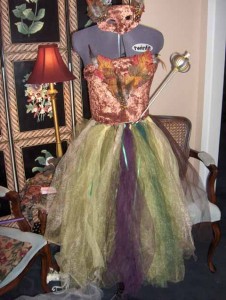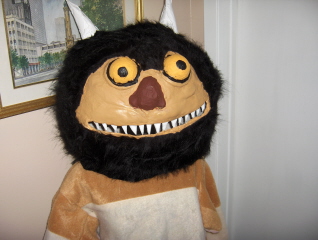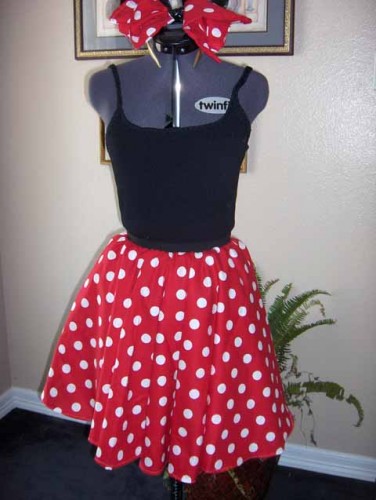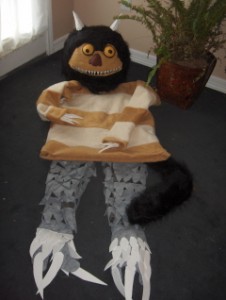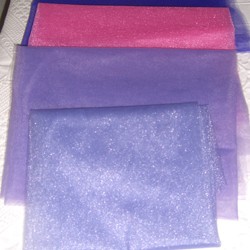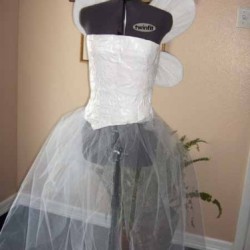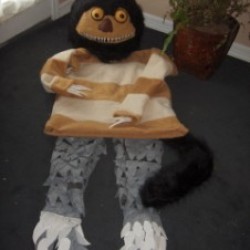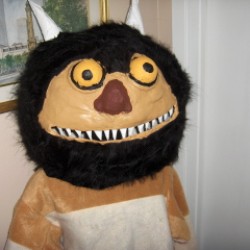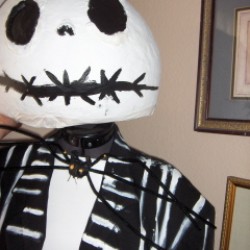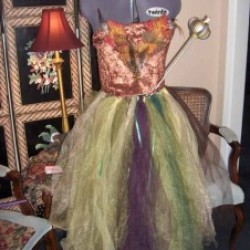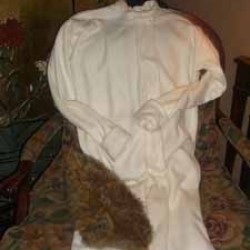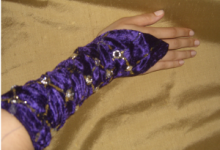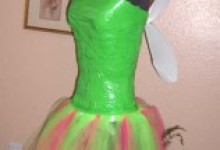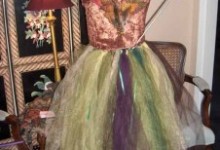Maurice Sendak, widely considered the most important children’s book artist of the 20th century, who wrenched the picture book out of the safe, sanitized world of the nursery and plunged it into the dark, terrifying and hauntingly beautiful recesses of the human psyche, died on Tuesday in Danbury, Conn. He was 83.
Most famous of all is: “Where the Wild Things Are,” .
Among the other titles he wrote and illustrated, all from Harper & Row, are “In the Night Kitchen” (1970) and“Outside Over There” (1981), which together with “Where the Wild Things Are” form a trilogy; “The Sign on Rosie’s Door” (1960); “Higglety Pigglety Pop!” (1967); and “The Nutshell Library” (1962), a boxed set of four tiny volumes comprising “Alligators All Around,” “Chicken Soup With Rice,” “One Was Johnny” and “Pierre.”
In September 2013, a new picture book by Mr. Sendak, “Bumble-Ardy” — the first in 30 years for which he produced both text and illustrations — was issued by HarperCollins Publishers. The book tells the story of an orphaned pig (his parents are eaten) who gives himself a riotous birthday party.
A posthumous picture book, “My Brother’s Book” — a poem written and illustrated by Mr. Sendak and inspired by his love for his late brother, Jack — was published in February 2013.
Mr. Sendak was also renowned as a designer of theatrical sets.
As Mr. Sendak grew up Jewish and gay — he felt permanently shunted to the margins of things. “All I wanted was to be straight so my parents could be happy,” he told The New York Times in a 2008 interview. “They never, never, never knew.”
He worked part time for All-American Comics, filling in backgrounds for book versions of the “Mutt and Jeff” comic strip. His first professional illustrations were for a physics textbook, “Atomics for the Millions,” published in 1947. In 1948, at 20, he took a job building window displays for F. A. O. Schwarz. Through the store’s children’s book buyer, he was introduced to Ursula Nordstrom, the distinguished editor of children’s books at Harper & Row. The meeting, the start of a long, fruitful collaboration, led to Mr. Sendak’s first children’s book commission: illustrating “The Wonderful Farm,” by Marcel Aymé, published in 1951.
Mr. Sendak’s work was not initially appreciated. well received.
Mr. Sendak’s awards include the Hans Christian Andersen Award for Illustration, the Laura Ingalls Wilder Award and, in 1996, the National Medal of the Arts, presented by President Bill Clinton. Twenty-two of his titles have been named New York Times best illustrated books of the year.
In 2009, a feature film version of “Where the Wild Things Are” — part live action, part animated — by the director Spike Jonze opened to favorable notices. (With Lance Bangs, Mr. Jonze also directed “Tell Them Anything You Want,” a documentary film about Mr. Sendak first broadcast on HBO that year.)


